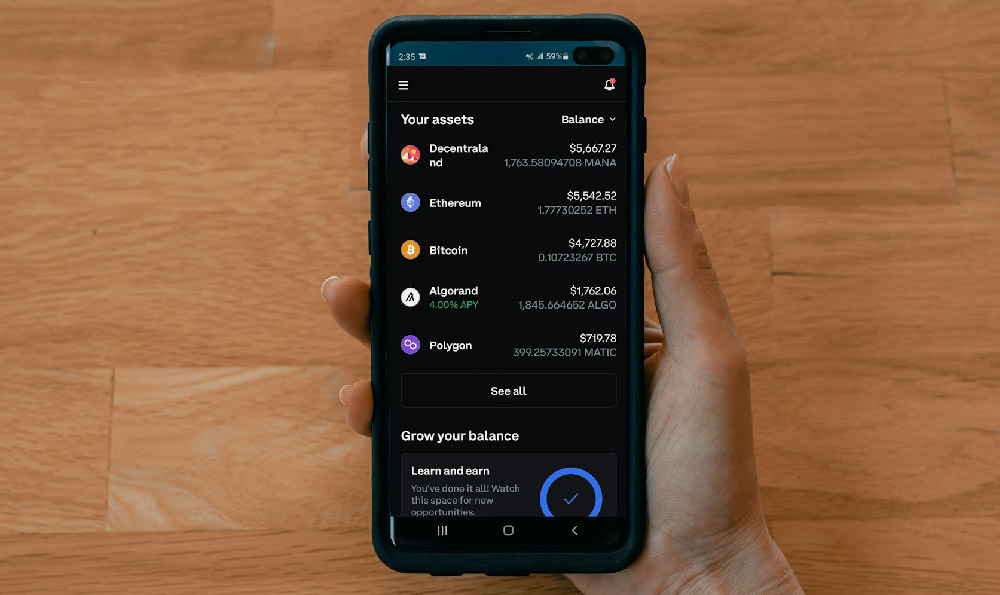BitTorrent (BTT) has been a subject of much speculation and interest within the cryptocurrency community, particularly on exchanges like Upbit, a popular platform in South Korea. Deciding whether to buy, sell, or hold BTT on Upbit requires a carefully considered strategy based on market analysis, risk assessment, and personal investment goals. Let's delve into the factors influencing this decision and outline potential strategies for BTT trading.
Understanding BitTorrent (BTT): A Brief Overview
Before making any investment decisions, it's essential to understand what BitTorrent (BTT) is and its purpose. Originally a decentralized file-sharing protocol, BitTorrent was acquired by TRON in 2018. BTT tokens were subsequently introduced to incentivize users to seed files and participate in the BitTorrent ecosystem. The token aims to address the bandwidth limitations and encourage more efficient file distribution within the network. The project has since expanded to include features like BitTorrent Speed, BitTorrent File System (BTFS), and DLive, a live streaming platform.

Analyzing BTT's Market Performance on Upbit
Upbit is a significant exchange for BTT trading, often exhibiting high trading volumes and price volatility. Monitoring BTT's performance on Upbit involves considering several key factors:
- Price History and Trends: Analyzing historical price data reveals patterns, support levels, and resistance levels. This data helps identify potential entry and exit points.
- Trading Volume: High trading volume often indicates strong interest and liquidity, while low volume can suggest a lack of enthusiasm or potential for manipulation.
- Order Book Depth: Examining the order book provides insights into the buying and selling pressure at different price levels. A thick buy wall suggests strong support, while a thick sell wall indicates significant resistance.
- Market Sentiment: Gauging the overall sentiment surrounding BTT through social media, news articles, and forum discussions can provide a valuable perspective on its potential future performance.
Fundamental Analysis: Evaluating BTT's Underlying Value
Beyond technical analysis, fundamental analysis is crucial for assessing the long-term viability of BTT. This involves examining:
- Project Roadmap and Development: Assessing the progress of BitTorrent's development team in achieving its goals. Are they delivering on their promises? Are there significant updates or partnerships on the horizon?
- Adoption and Usage: Evaluating the real-world adoption of BTT tokens and BitTorrent's various features. Is the token being actively used within the ecosystem? Is the network experiencing growth in users and transaction volume?
- Competition: Analyzing the competitive landscape of decentralized file-sharing and content distribution. What are BitTorrent's strengths and weaknesses compared to its competitors?
- Tokenomics: Understanding the token's supply, distribution, and inflation rate. Is the tokenomics model designed to incentivize long-term holding and participation in the network?
Technical Indicators: Identifying Trading Opportunities
Technical indicators can provide valuable signals for potential buy or sell opportunities. Some commonly used indicators for BTT trading include:
- Moving Averages (MA): Moving averages smooth out price data and help identify trends. A crossover of a short-term moving average above a long-term moving average can signal a bullish trend, while the opposite can indicate a bearish trend.
- Relative Strength Index (RSI): RSI measures the magnitude of recent price changes to evaluate overbought or oversold conditions in the price of an asset. An RSI above 70 typically indicates an overbought condition, while an RSI below 30 suggests an oversold condition.
- Moving Average Convergence Divergence (MACD): MACD is a trend-following momentum indicator that shows the relationship between two moving averages of a security's price. Crossovers of the MACD line and signal line can generate buy or sell signals.
- Fibonacci Retracement Levels: Fibonacci retracement levels are horizontal lines that indicate potential support or resistance levels based on Fibonacci ratios.
Trading Strategies for BTT on Upbit
Based on the analysis above, here are a few potential trading strategies for BTT on Upbit:
- Long-Term Holding (HODLing): If you believe in the long-term potential of BitTorrent and its underlying technology, a long-term holding strategy might be suitable. This involves buying BTT and holding it for an extended period, regardless of short-term price fluctuations. This strategy requires strong conviction and the ability to withstand volatility.
- Swing Trading: Swing trading involves taking advantage of short-term price swings. Traders identify potential entry and exit points based on technical indicators and price patterns, aiming to profit from small price movements. This strategy requires active monitoring of the market and quick decision-making.
- Day Trading: Day trading is a high-frequency trading strategy that involves buying and selling BTT within the same day. Day traders aim to profit from intraday price fluctuations, requiring significant time commitment, technical skills, and risk management.
- Dollar-Cost Averaging (DCA): DCA involves investing a fixed amount of money in BTT at regular intervals, regardless of the price. This strategy helps to reduce the impact of volatility and average out the purchase price over time.
Risk Management: Protecting Your Investments
Regardless of the trading strategy you choose, risk management is paramount. Here are some essential risk management techniques:
- Set Stop-Loss Orders: Stop-loss orders automatically sell your BTT if the price falls below a certain level, limiting potential losses.
- Diversify Your Portfolio: Don't put all your eggs in one basket. Diversify your investments across different cryptocurrencies and asset classes to reduce overall risk.
- Invest Only What You Can Afford to Lose: Cryptocurrency investments are inherently risky. Only invest an amount that you can afford to lose without significantly impacting your financial stability.
- Stay Informed and Adapt: The cryptocurrency market is constantly evolving. Stay informed about the latest news, trends, and developments, and be prepared to adapt your trading strategy as needed.
Conclusion: Informed Decisions for BTT Trading
Deciding whether to buy or sell BTT on Upbit requires a comprehensive analysis of market conditions, fundamental factors, and technical indicators. By understanding the underlying technology, monitoring market performance, and implementing effective risk management strategies, you can make informed decisions and increase your chances of success in BTT trading. Remember that no investment strategy guarantees profits, and it's essential to conduct your own research and consult with a financial advisor before making any investment decisions.












